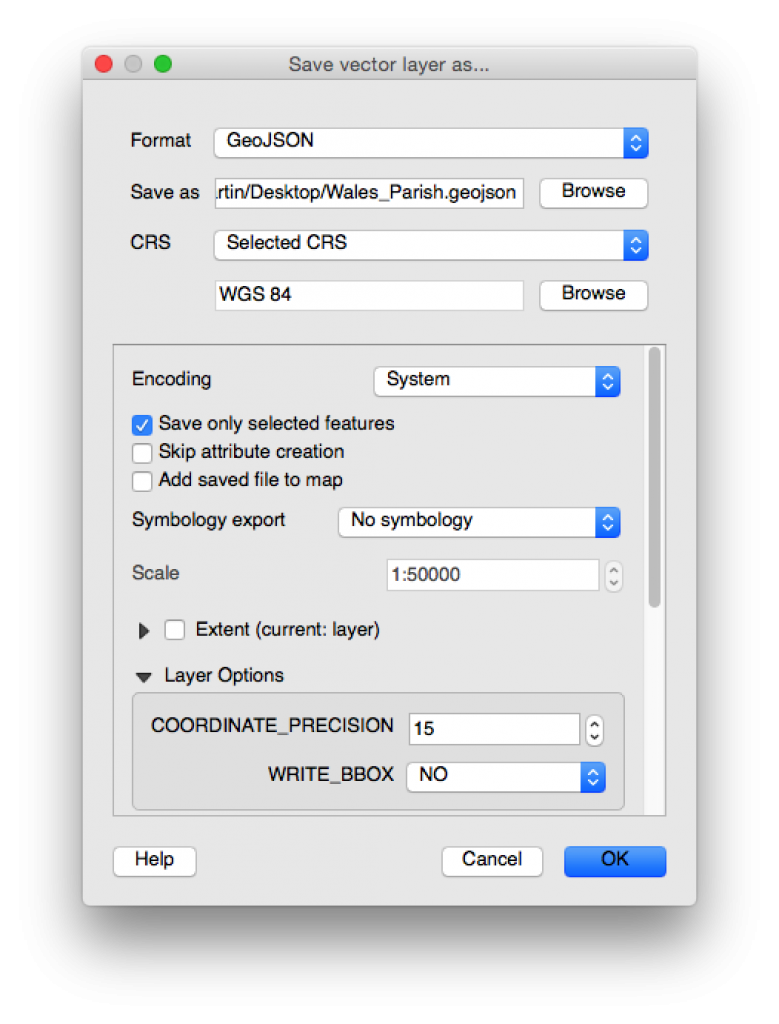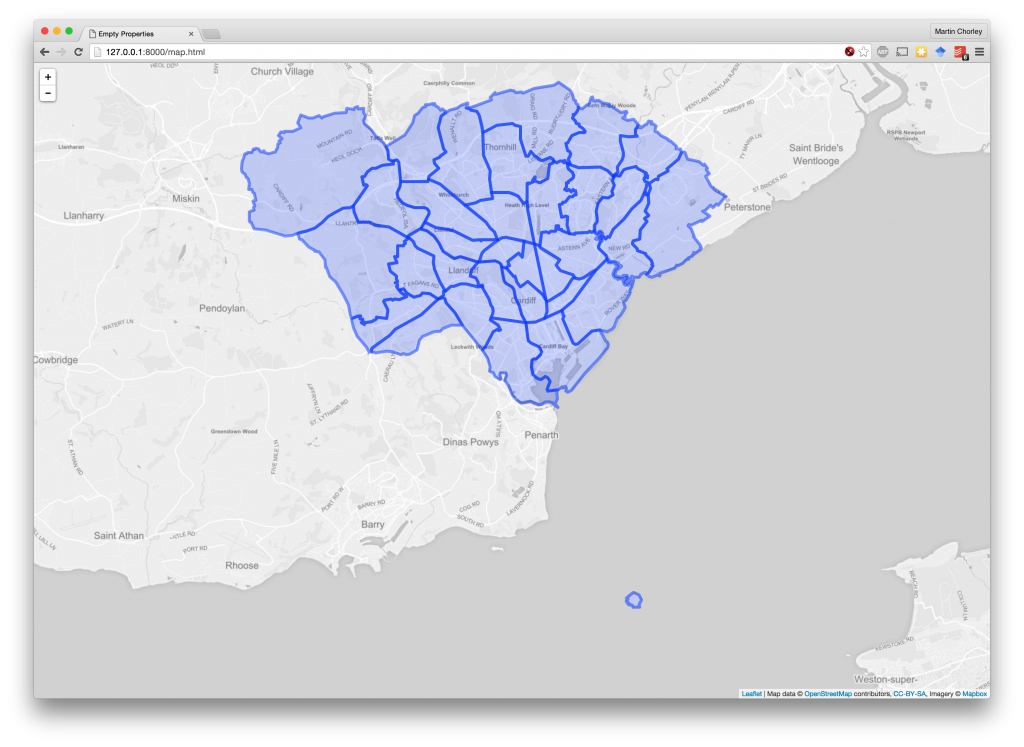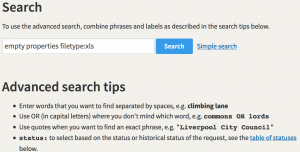The Computational and Data Journalism team has recently been awarded research funding from the University Centre for Education Innovation to investigate the use of chatbots in the classroom.
The project “proposes the development of chat bots as part of the teaching and learning team to support learning and automate everyday issues to alleviate staff workload.
“This would essentially create an on-demand classroom assistant who can provide informational support whatever schedule students choose to keep outside of the classroom environment and increase their overall satisfaction levels as a result.”
We’ve just hired a 3rd year Computer Science student, Stuart Clark to work with us on the project, and he has started swiftly, working to identify sources of data within the university that such a system can plug into, designing system architectures and interfaces, and beginning work on the implementation.
We’ll follow up this development work over the summer with a live trial of the system in Autumn to see how well it works and assess whether this sort of technology can be successfully used by students and lecturers alike to improve information flow and ease administrative pressures.
We’ll continue to blog about the project as it progresses over the next few months.










